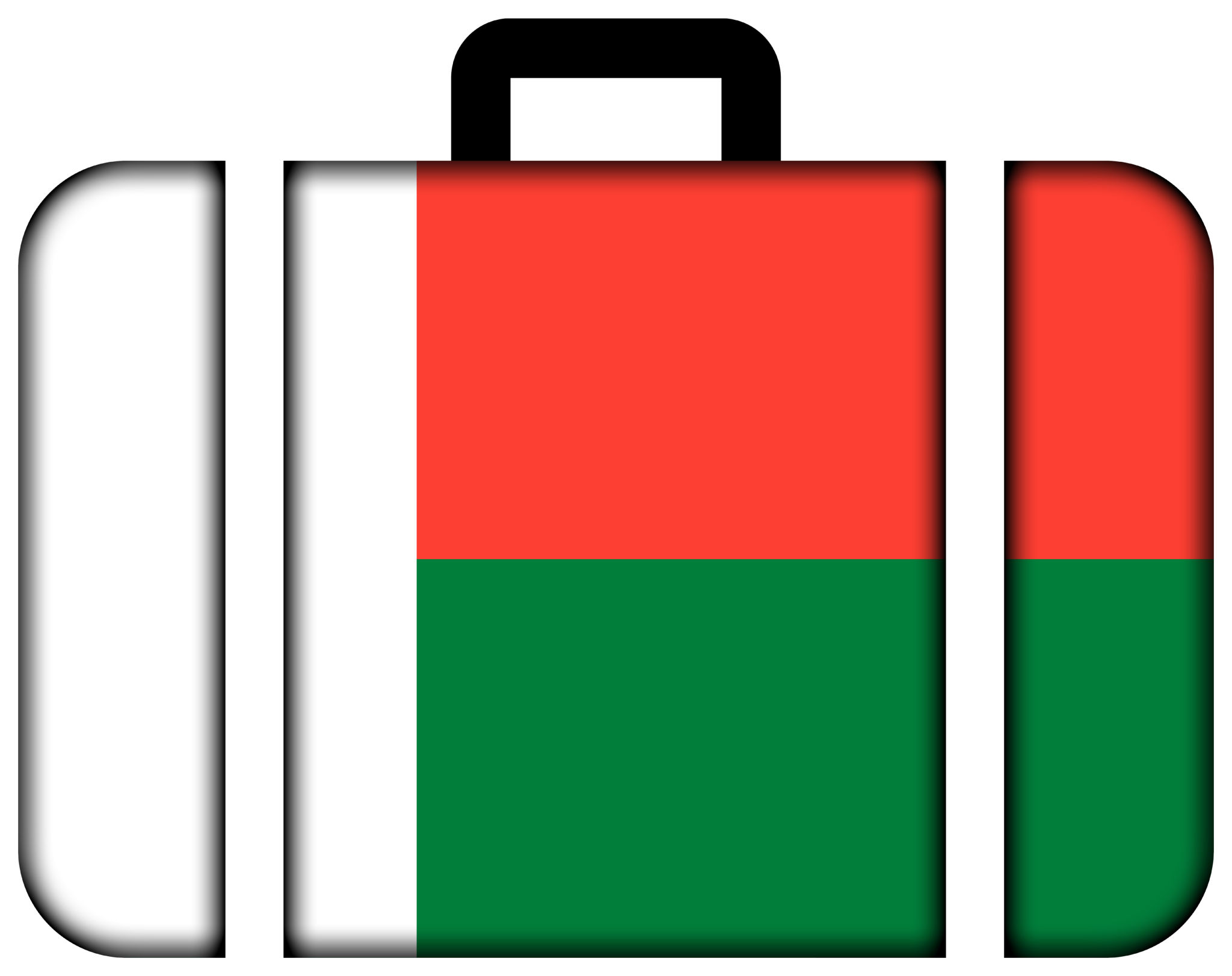Traveler's FAQ: Common Questions About Madagascar Tours Answered
Why Visit Madagascar?
Madagascar, the world's fourth-largest island, offers an unparalleled journey into a land of unique biodiversity and captivating landscapes. Known for its rich wildlife and distinctive ecosystems, Madagascar is a dream destination for nature lovers and adventure enthusiasts. From lush rainforests to pristine beaches, this island nation has something to offer every traveler.

What Are the Best Times to Visit?
Madagascar experiences two main seasons: the dry season from May to October and the wet season from November to April. The best time to visit is during the dry season when the weather is cooler and wildlife is more active. However, if you're interested in whale watching, plan your trip between July and September when humpback whales can be seen along the coast.
Travel Essentials
Do I Need a Visa to Enter Madagascar?
Yes, most travelers need a visa to enter Madagascar. You can obtain a visa upon arrival at the airport or apply for an e-visa online before your trip. Be sure to check the latest visa requirements as they can change frequently.
What Should I Pack?
Packing for Madagascar requires some thought due to its diverse climates. Here’s a quick checklist:
- Light, breathable clothing for the warm coastal areas
- Warmer layers for the cooler highlands
- Sturdy hiking shoes for exploring national parks
- Insect repellent and sunscreen
- A good camera for capturing stunning landscapes

Exploring the Island
What Are the Must-See Attractions?
Madagascar is home to numerous must-see attractions. Some highlights include:
- Avenue of the Baobabs: A stunning display of ancient baobab trees lining a dirt road.
- Tsingy de Bemaraha National Park: Known for its dramatic limestone formations.
- Isalo National Park: Famous for its rugged canyons and unique wildlife.
How Can I Get Around?
Traveling around Madagascar can be challenging due to limited infrastructure, but there are several options available:
- Domestic flights are the fastest way to cover long distances.
- Taxis-brousse, or shared minibuses, offer a more budget-friendly option.
- Car rentals are available but often require a 4x4 vehicle for rough terrains.

Cultural Etiquette
What Should I Know About Local Customs?
The Malagasy people are known for their hospitality and warmth. Here are some tips to respect local customs:
- Greet people with a friendly "Salama" (hello).
- Dress modestly, especially in rural areas.
- Avoid using your left hand when giving or receiving items, as it is considered impolite.
Embracing these cultural nuances will enrich your travel experience and help you connect with the locals. Madagascar’s captivating beauty and warm people make it an unforgettable destination.
